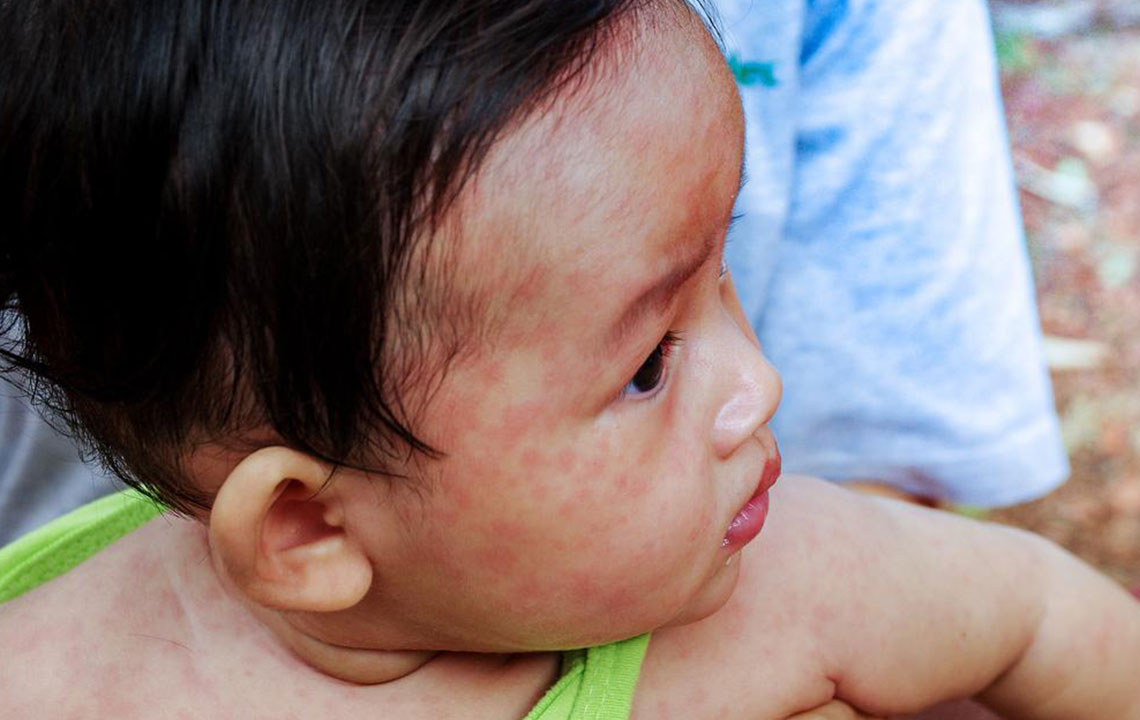10 Early Signs of Lupus You must Not Ignore

Lupus is an autoimmune disease. It causes swelling or inflammation along with varied symptoms. Different people are affected in different ways with this disease.While some may have fewer mild symptoms, others may have severe symptoms. People who develop lupus experience symptoms between their early teens and 30s. Since early signs of lupus are similar to other conditions, people do not quite realize that they may have lupus. However, having those symptoms may not necessarily mean you have lupus.
Some early signs of lupus are as follows:
Fatigue
One of the major and common early signs of lupus is fatigue. About 90% of people experience this if they have lupus. Though, napping in the afternoon help people with fatigue but too much sleep during the day lead to sleeplessness during the night. If you want to keep up your energy levels, you would have to maintain a daily routine and remain active. This is difficult for people to do but it is worth the effort. If you are living with unbearable fatigue, talk to your physician so that the root cause of fatigue can be taken care of.
Unexplained fever
If you have lupus, you will experience a low-grade fever for no reason at all. Since the fever would be around 98.5˚F to 101˚F, you may not consider seeing a doctor. On and off, you would experience such kind of fever. A low-grade fever also means infection, inflammation or imminent flare-up. This is one of the early signs of lupus and if it happens frequently, you must consult a physician.
Hair loss
One of the early signs of lupus is hair thinning. Hair loss is caused due to inflammation of the scalp and skin. Lupus makes people shed hair by the bunch. Some people may face slow but consistent hair loss. Thinning of beard in men and thinning eyelashes, eyebrows and hair elsewhere cause due to lupus. Hair becomes brittle, breaks easily and looks ragged when a person has lupus. While treatment for lupus can regenerate hair grown but if you have lesions on your scalp, hair may never grow in those areas.
Lesions or Skin rash
Early signs of lupus include a butter-shaped rash on the bridge of the nose or cheeks. Around 50% of people with lupus will have this rash. It can appear suddenly or after sun exposure. Sometimes, it just appears before a flare-up. Lupus also causes non-itchy lesions in different parts of the body. However, it would rarely cause hives. Many are also sensitive to artificial light and sunlight. Moreover, discoloration in the toes and fingers is one of the early signs of lupus.
Pulmonary issues
Pulmonary system inflammation occurs in people with lupus. The lungs would become inflamed extending the swelling to lung blood vessels. The diaphragm may get affected as well. All these conditions result in chest pain when people try to breathe. This condition is called pleuritic chest pain. Breathing issues cause due to lupus lead to lung size shrinkage over time. Breathlessness and constant chest pain characterize this ailment. It is often referred to as shrinking lung syndrome or vanishing. The diaphragmatic muscles become very weak due to all of these.
Kidney inflammation
Nephritis, which causes kidney inflammation, is developed due to lupus. This condition makes it hard for the kidneys to filter waste and toxins from the blood. Usually, nephritis begins within five years of having lupus.
Symptoms of nephritis include:
- High blood pressure
- Feet and lower leg swelling
- Darker urine
- Blood in your urine
- Pain in the side
- Frequent urination during night
Swollen and painful joints
Inflammation causes stiffness, pain and visible swelling in the joints, especially in the morning. It would be mild at first but gradually may become severe. Joint problems are not permanent like other symptoms of lupus.
Gastrointestinal problems
Lupus also makes people suffer from occasional acid reflux, heartburn, and related gastrointestinal problems. Mild symptoms are treated with antacids. However, if you have frequent bouts of heartburn or acid reflux, it is better to cut down the size of your meals and avoid caffeinated beverages. Also, never lie down just after you had your food.
Thyroid problems
People suffering from lupus at times develop thyroid disease as well. Since the thyroid helps in controlling the metabolism of your body, a poorly functioning thyroid may affect vitals like heart, brain, liver, and kidney. Other symptoms of thyroid include weight gain, weight loss, dry skin, dry hair and mood swings. Underactive thyroid is called hypothyroidism and overactive thyroid is known as hyperthyroidism. Treatment is available for both the conditions.
Dry eyes and dry mouth
Lupus may make your dry mouth, dry and gritty eyes as well. This is because people develop Sjogren’s disease, along with lupus. This results in malfunctioning of glands responsible for saliva and tears and accumulation of lymphocytes in the glands. Lupus cause dryness of the vagina and skin in women.
If you notice these early signs of lupus, you must always consult a doctor for a proper diagnosis before coming to a conclusion.


